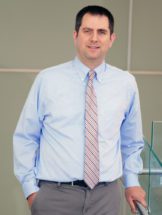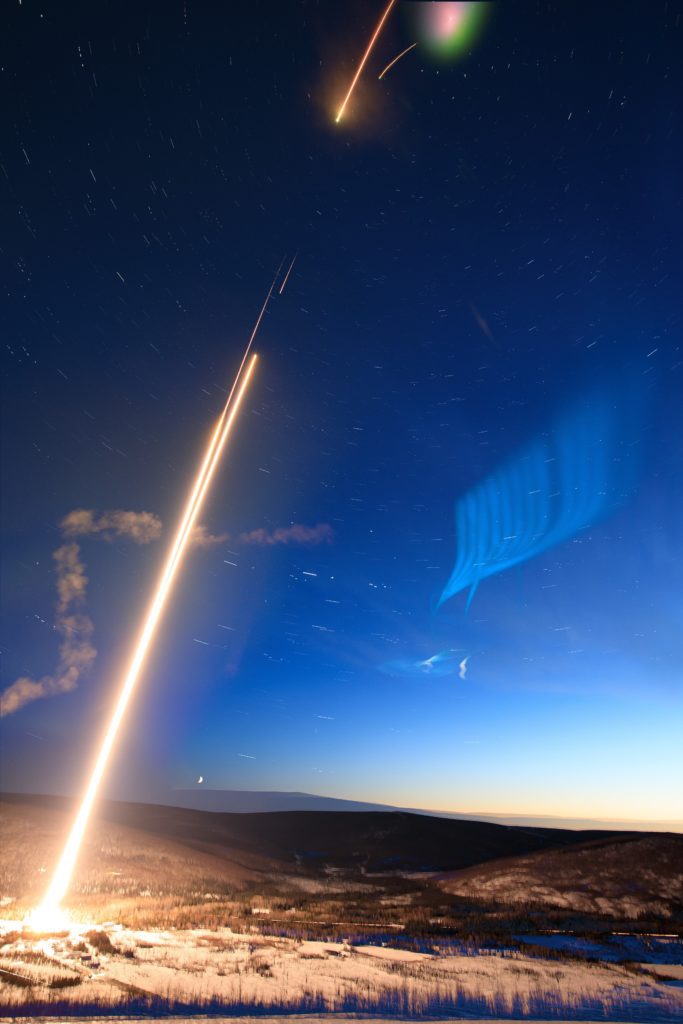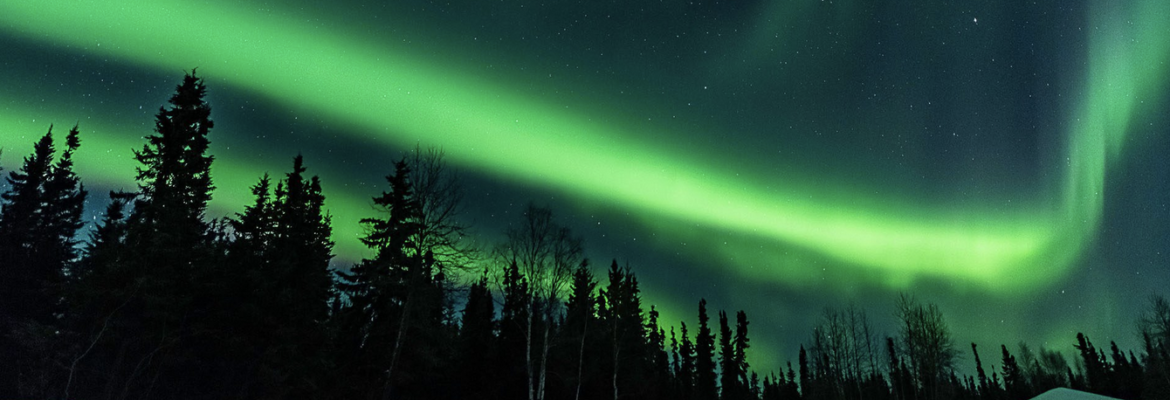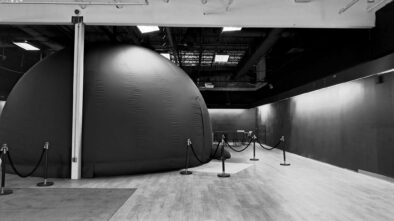Clemson-led research teams launch rockets into aurora borealis to study energy exchange
As the Northern Lights danced over Poker Flat Research Range near Fairbanks, Alaska, early one morning in April, a team of researchers led by Clemson University assistant professor of physics Stephen Kaeppler launched a sounding rocket into the colorful aerial display.
Three minutes later, the scientists launched a second rocket.
The researchers launched the rockets to study how energy behaves during an active aurora as a part of the NASA-funded research project titled “Ion-Neutral Coupling During Aurora,” or INCAA.

Fairbanks is an ideal location to see the Northern Lights, or aurora borealis, because it is under an “auroral oval,” a doughnut-shaped band that rotates around the geomagnetic pole in Canada. Poker Flat Research Range is the largest university-owned, land-based rocket research range in the world.
The upper layers of the Earth’s atmosphere are composed of a neutral component — the thermosphere — and an ionized component — the ionosphere. The ionosphere responds to forces of the magnetosphere, which is plasma trapped in the Earth’s magnetic field and forming a shield that protects the Earth from solar winds. This plasma can eventually move along the earth’s magnetic field near the poles and collide with oxygen, nitrogen and other gaseous particles in the thermosphere. The result of these interactions causes the aurora borealis’ beautiful displays of light.
Kaeppler and colleagues from the University of Alaska-Fairbanks, University of California-Berkeley and University of Calgary are studying how and at what altitude energy from the magnetosphere is transferred to the ionosphere and thermosphere. The ionosphere and thermosphere regions are about 50 miles to 400 miles above the Earth’s surface. They also want to determine if the interaction of the thermosphere with the overlapping ionosphere affects the transfer location.
“A good analogy is rubbing your hands together. When you do that, you get friction, and with friction, you get heating. So there’s energy transferred back and forth,” Kaeppler said. “It’s the same concept here, except we’re dealing with gases. Ultimately, the rocket is trying to study how this energy transfer occurs, especially during more active conditions when things are changing rapidly in space and time. There are a lot of dynamics happening during an aurora.”

Scientists launched the rockets in the last hours of a 16-day launch window. For a time, it looked like the launch wouldn’t happen. “It was the last opportunity. We were talking seriously about coming back up to Alaska in a couple of years. Thankfully, Mother Nature gave us an exciting event and we took our shot,” he said.
Once the first sounding rocket reached an altitude of 80 miles, it released several vapor tracers at 3-mile increments. Vapor tracers are colorful chemicals similar to those used in fireworks shows that allow scientists to observe the movement of winds.
The second rocket carried scientific instruments to collect data.
Eric Roper, a Clemson alumnus, was the mission manager.
Scientists are still analyzing the data, but their findings could lead to a greater understanding of space weather factors that affect satellites in low-Earth orbit.
“Elon Musk found out not too long ago that sudden changes in the ionosphere or thermosphere can knock satellites out of orbit,” said Kaeppler, referencing a geomagnetic storm in February that caused some SpaceX Starlink satellites to burn up instead of reaching their intended orbit.
Kaeppler continued, “We live in a technologically advanced society that continues to launch satellites and has a robust space program. I think this region of the atmosphere is going to be used more in the future. This 100-kilometer to 200-kilometer region will be of more interest. It’s a higher drag region relative to higher up, so that has consequences in space weather, particularly what happens from the sun and how it affects the Earth. The physics of how all the systems are coupled together does impact our society.”
The College of Science pursues excellence in scientific discovery, learning and engagement that is both locally relevant and globally impactful. The life, physical and mathematical sciences converge to tackle some of tomorrow’s scientific challenges, and our faculty are preparing the next generation of leading scientists. The College of Science offers high-impact transformational experiences such as research, internships and study abroad to help prepare our graduates for top industries, graduate programs and health professions. clemson.edu/science


